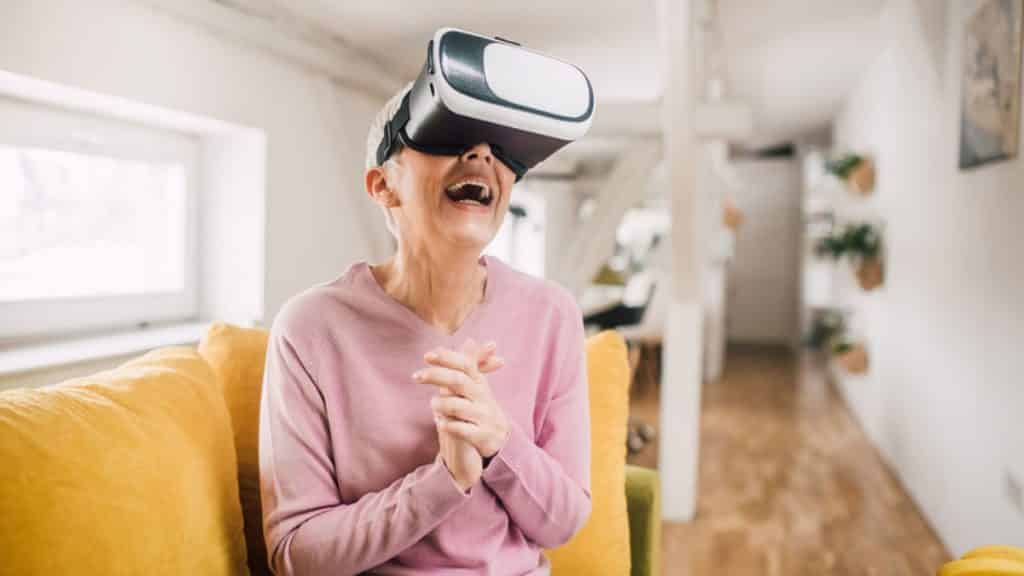When loved ones get older, it’s time to give back and provide them the care they deserve. This experience can be extremely rewarding, but it can take a toll on the caregiver’s mental health. Finding the right balance between giving your loved one hands-on support and independence is no easy task; you need to know what tools can facilitate independence. Fortunately, thanks to advancements in technology and medicine, people can live longer and more independent lives. With this in mind, we will tell you how technology is improving independent living.
Video Conferencing
Video conferencing tools are readily available for everyone now, with the global pandemic raising awareness of tools including Zoom and Microsoft Teams. These tools are great for families who have loved ones in independent living at Belmont Village because it lets them keep in touch. As well as keeping in touch, video conferencing allows healthcare providers to carry out appointments and support with developing treatment plans. Allowing loved ones to “attend” appointments without needing to travel helps to reduce the stress of providing support.
Smart Homes
Smart devices are already being used by the majority of households in the US; Statista suggests that the average American has access to at least 10 devices in their home. Taking this figure into account, there’s no surprise that smart devices are being used to assist independent living. This technology lets caregivers offer independence while being able to control difficult tasks. For example, smart meters can be installed to let energy usage be monitored remotely. Further, smart security systems can send alerts to relevant people, with CCTV cameras being accessed remotely.
Voice-Activated Devices
Thanks to artificial intelligence (AI) systems, many smart technologies can be operated by voice. Smart devices can be integrated into the home seamlessly and can let your loved ones adjust the lights, make calls, and set up reminders without needing to move. If seniors in independent living have a need that isn’t recorded by wearable tech, they can call healthcare providers and receive the help they need. Voice-activated smart tech removes navigational barriers for the elderly and can increase independence exponentially.
Real-Time Monitoring
Technological innovations allow healthcare providers to monitor residents in real-time, which can help to give peace of mind to loved ones. Typically, this technology is implemented through the use of wearable sensors attached to clothing or worn on as a wristband. They don’t get in the way of daily activities but help to keep track of heart rate, temperature, blood pressure, sleep patterns, and many other metrics. Having access to this type of monitoring allows healthcare providers to get ahead of any issues that may occur, which can help to increase life expectancy.
Caring for an elderly loved one can be extremely rewarding, but it can also come with increased levels of stress. Fortunately, thanks to advancements in technology, the elderly can keep hold of their independence, and caregivers can rest assured that they will be alerted whenever an issue arises – everyone involved will have a happier way of life.

